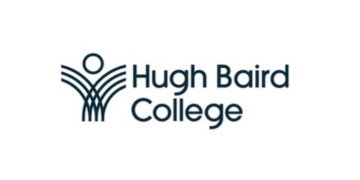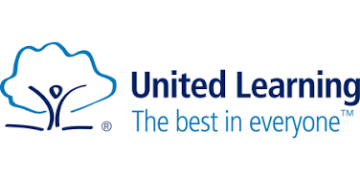Results day is a key moment not just for students, but for the teachers, advisers and colleges who have supported them every step of the way.
Each year, most students go on to secure their first choice (known as their UCAS ‘firm’ choice). Last year, a record 279,550 18-year-olds in the UK were accepted into university.
But for those who don’t get the grades they had hoped for, may wish to revisit their decision, or are applying for the first time – being up to speed on the full range of options available can make all the difference. So here’s how teachers and advisers can help students feel prepared and informed.
Understand the options
If, come results day, students are still looking for an available place (rethinking their plans and considering a different course or institution, or even submitting an application for the first time) they’ll enter clearing — the final stage of the UCAS admissions process.
Clearing allows students who have received their results to find university or college higher education places that are still available. Clearing opened on July 5, and many students may already be researching clearing options.
UCAS’ message to applicants is to build a results day plan in advance and reflect on any research they did earlier in the cycle, so they are ready whatever happens.
When guiding students through the process, you may want to encourage them to revisit the original five choices they listed on their UCAS application. Many students ultimately decide to return to one of these institutions through clearing, so it’s worth considering them again as viable options.
You could also suggest they make a quick checklist to prepare for clearing, like jotting down their top choices, key phone numbers, and a few reasons why each course stands out.
Utilise tools and resources
UCAS has a dedicated space, with practical tips and useful resources to help you guide your students in making informed decisions about their future.
The UCAS clearing toolkit is another really useful resource. It includes lots of material, such as an editable checklist to help you prepare for results day, and posters to help students visualise their next steps.
Knowing what each application status means is essential for supporting students. UCAS’ guidance can help with this, giving you a summary of what each status means so you can confidently talk students through their next steps.
A crucial part of the clearing process for students is contacting universities and colleges to discuss available places.
You may want to signpost them to UCAS’ videos offering advice on how to approach these conversations. It’s also worth reminding students to have their UCAS personal ID and clearing number ready when making those calls.
For students who accept their place on results day, UCAS also provides guidance on what comes next – from budgeting and finding part-time work, to securing accommodation and looking after their mental health.
We also recognise the significant role parents, guardians and carers play in supporting the young person in their lives, especially on results day.
To ensure they feel fully informed and confident, we’ve created a clearing toolkit for parents which you can share with them, to help them in supporting a young person with their options and decision-making.















Your thoughts